The Long Story of Plastic
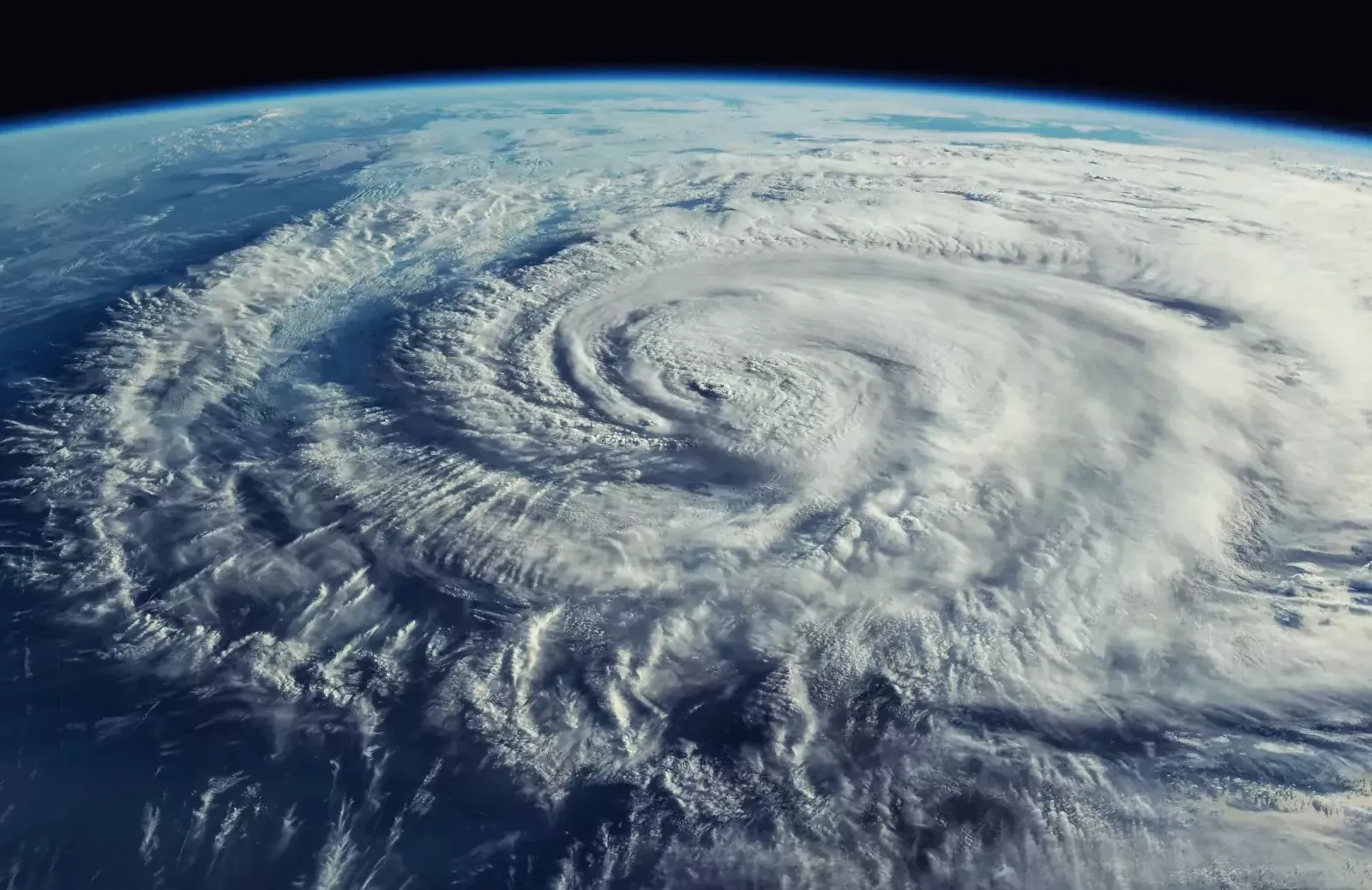
What is plastic exactly? Where does it come from? And, where should it go?
OVER FOUR BILLION YEARS AGO, cosmic dust and debris swirled together to form our planet. Like the other planets in our solar system, Earth was at first a barren and desolate place. For our planet's first two billion years, its atmosphere was full of carbon dioxide, making its climate hot, harsh and unstable.
However, as the Sun shone down, things began to change. Steadily, the unique character of our planet began to unfold. Volcanoes spewed, rivers ran, and ocean currents and tectonic plates collided. As the surface of the earth dispersed the ever arriving blaze of the sun, Earth's atoms began to spiral into more and more complex configurations. Slow and steady, tiny molecular systems figured out how to turn the energy of the Sun into life.
As cells and photosynthesis emerged; plants followed. By sucking in carbon dioxide nutrients could be made and bodies built.
Steadily, plants and trees spread across the planet's surface.
Made from the carbon that they collected, soon vast forests covered the continents and massive blooms of algae filled low lying seas.
As the plants and animals within these ecosystems lived and died, each fallen generation was covered up by the next. Whether on a forest floor or the floor of the ocean, layers of life were buried one upon the other. Over hundreds of millions of years, the countless tons of the carbon they contained were concentrated, compacted and secured under the earth.
With all this carbon sequestered out of the air, Earth’s atmosphere calmed and cooled down. Steadily, life flourished! Ecosystems and biomes all became more vibrant, diverse and abundant.
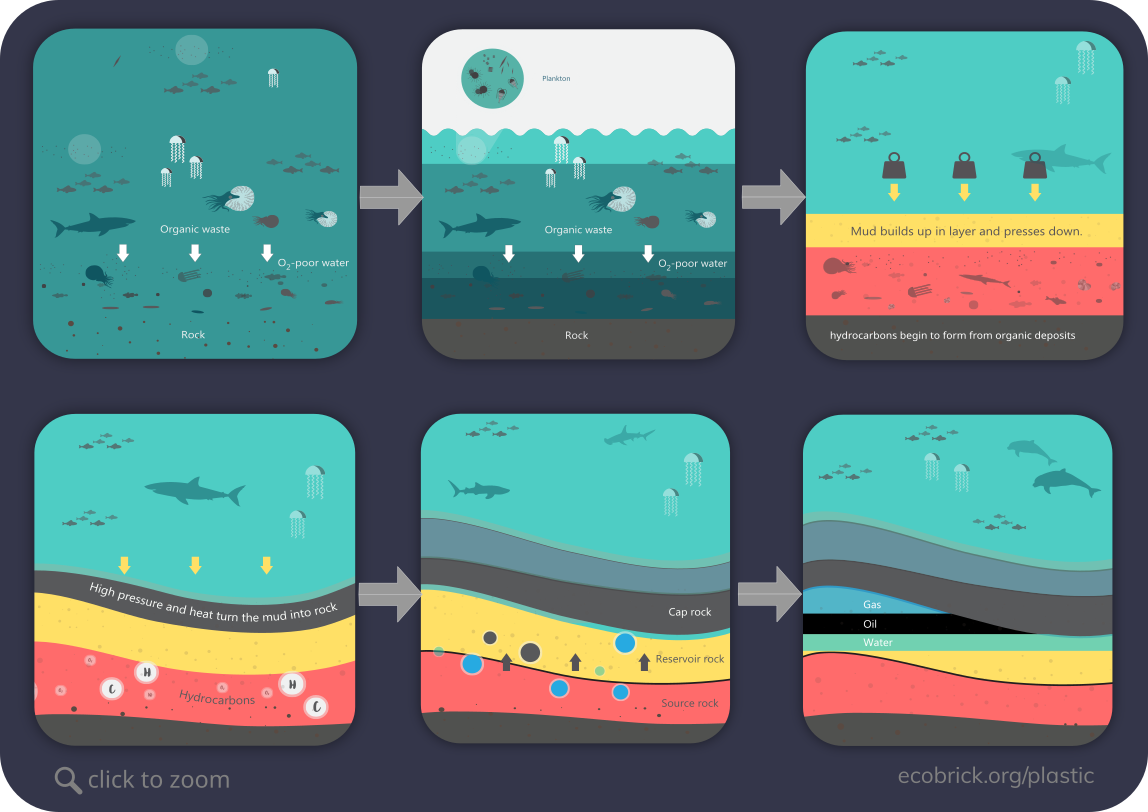
Nurtured by the planet's now lush and bountiful ecosystems, one particular two legged mammal emerged from the forests about 30 million years ago— and we sapiens shuffled onto the scene!
Then, on a cold, dark Ice Age night, one of our early ancestors figured out fire.
Despite the pesky smoke, our caves were warmed as the carbon of twigs and sticks flickered into flames.
Over the millennia, we got better and better at making our fires.
It wasn't long until we discovered black rocks that were even more dense in carbon than the heaviest wood. And they burned even better! Little did we know, these stones were made from the very plants that had long ago removed the carbon from Earth's air, to make our living possible.
Over the next centuries, certain groups of humans (but not all) got better and better at extracting and burning the black rocks. Other types of ancient compacted carbon were discovered too. Soon we were extracting coal, petroleum and natural gas in great quantities.
As modern nations flourished, their economies began to rely more and more on the easy energy gained from burning these "fossil fuels".
However, despite the nifty name, these fossil deposits were never fuels at first! In the process of refining them into fuel, there was a left over residue (5-15% depending on the source) that just couldn’t be used. This left-over sludge began to pile up
We soon realized that the residues of refinement could be used too! With a little chemistry, polymers could be produced—and with a little more; an endless array of marvelous materials.
Plastics had arrived!
Soon humans were solving all sorts of problems by making all sorts of amazing plastic things. No longer did elephants need to be killed for their ivory to make billiard balls. No longer did you need expensive silver plates to take a photograph. No longer did food need to go bad in a few days.
As more products were consumed, more and more factories needed to be made. As more factories needed to be powered, more and more fossil fuels were extracted and refined. Petroleum and capital flowed while economies grew.
As it all spun faster and faster, there was always that little bit that couldn’t be processed. This led to industry producing more and more plastic at lesser and lesser cost. And just as burning fuels led to more and more smoke, so too did refining fuels lead to more and more plastic.
As we consumed more and more, we tried our best to reuse and recycle our plastic when we were done with it. Of course, we were refining so much fossil carbon into fuel that there was now an over-abundance of leftovers perfect to make polymers! In the end, it was much easier (and cheaper!) to just produce more new plastic from scratch.
However, soon there was so much plastic that it began to spill out of our homes, enterprises and industries. With growing alarm and anxiety we watched as our plastic clogged rivers, littered beaches and piled into great smoking mountains. The particles of plastic were everywhere. Inside the bodies of fish and animals. And our bodies too.

Shocked and shamed, our industries and our companies promised to do better! And they tried. They did their best to convince everyone that there was a solution just around the corner. Companies, scientists, business people and politicians strove valiantly to make their processes, products and packaging less harmful, less polluting and less damaging.
Yet after turning countless corners, despite being less harmful and less polluting— polluting and harmful their processes remained.
Year by year, the pollution of the rivers and the oceans continued to increase.
And with it, our despair.
It was clear that reducing harm wasn't enough.
How could we ensure our products, processes, packaging, and enterprises did not cause pollution?
How could we manage our plastic in a truly green way?
How could we make sure that our ways were not grey and harmful in the first place, but in fact helped make ecosystems vibrant and verdant, diverse and abundant?
It turns out, that the answers could be found in our planet's story itself...
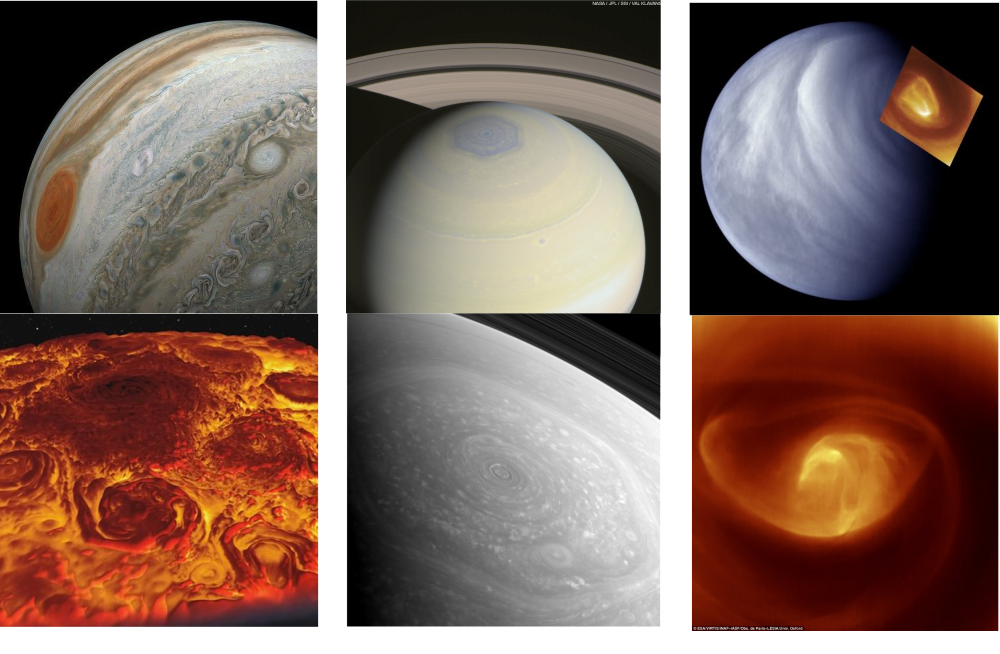
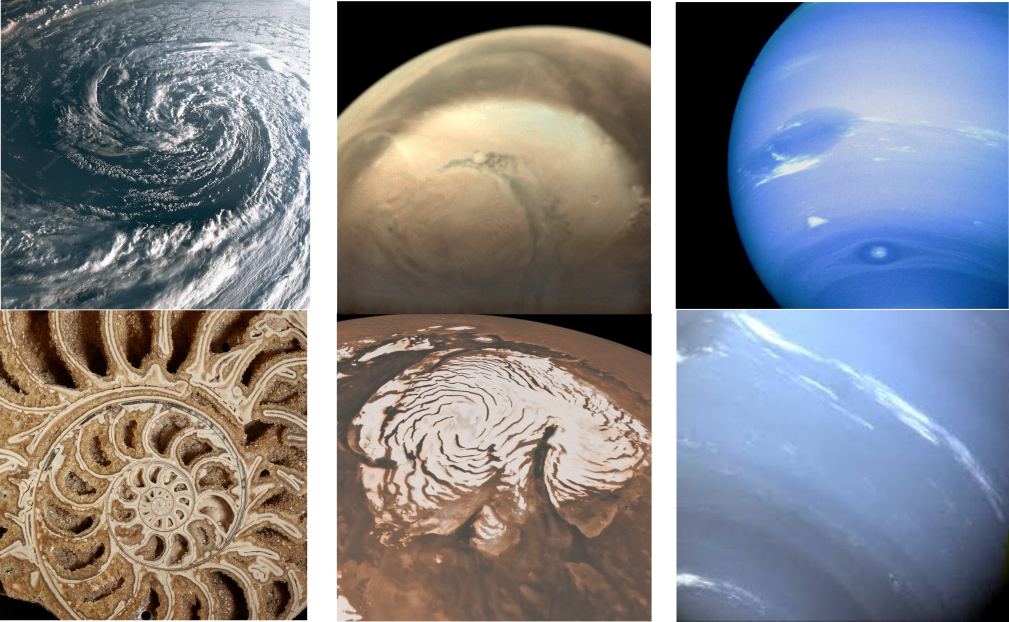
Hint: Its all about following Earth's example.
We break down the key insights from The Long Story of Plastic on Ecobricks.org:
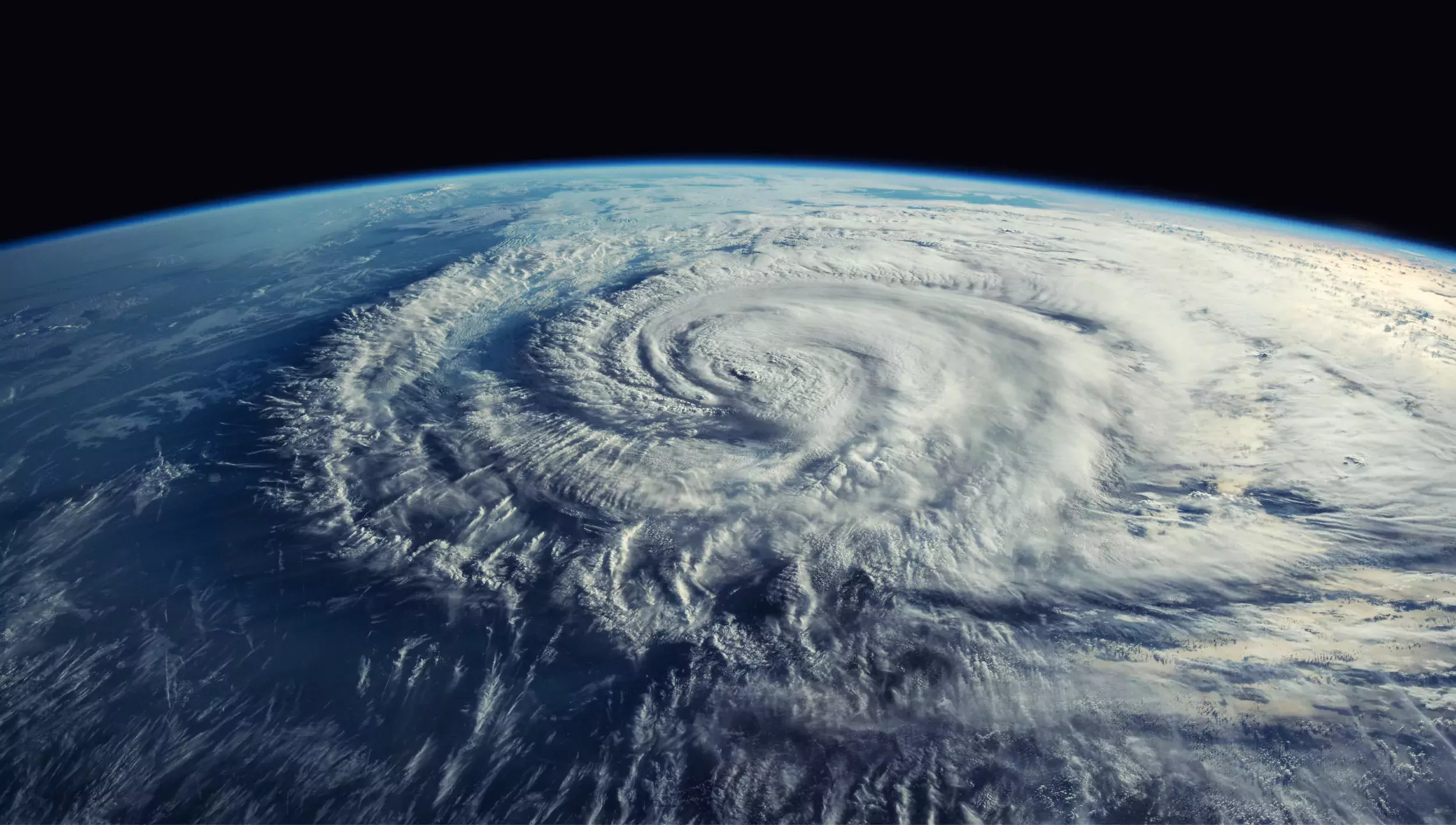
Reference
Our Long Story of Plastic is based on Plastic's Interstellar Story from the Tractatus Ayyew: A theory of Earthen Ethics, Chapter 4, by Banayan Angway and Russell Maier. See this original account to go much deeper into plastic's story! The original version's scientific and social references are extensively footnoted.
This Week's Featured Ecobrick

This Week's Featured Project

This Week's Featured Workshop




